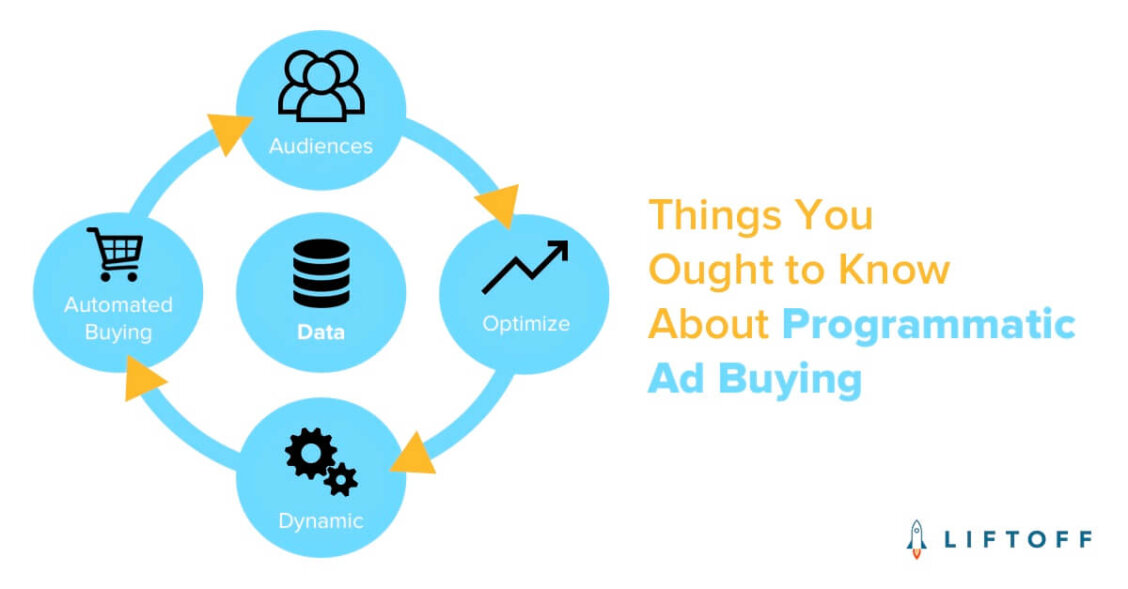
Things You Ought to Know About Programmatic Ad Buying
It is often said that the average consumer sees 4,000 ads per day. While the accuracy of this statistic is hotly debated, it at least sounds true. We know for a fact that people see advertisements all the time, so much so that our brains have learned to filter out most of these marketing messages. Yet marketers keep pushing ads in hopes of cutting through the clutter, while simultaneously contributing to it.
Thankfully, there are better ways to tackle mobile app marketing to entice new users. Below we will discuss programmatic mobile advertising and its benefits over traditional ad buys.
The Traditional Approach to Mobile App Advertising
The traditional, or manual, mobile app advertising model was said to be a one-size-fits-all approach to user acquisition. Here’s the process: Your in-house team develops a creative and a request for proposal (RFP); then it placed as a paid ad on social media, the app store or a supply-side platform (SSP). The goal is to capture lots of eyeballs.
There are a few problems with this approach. First, this technique is easy enough when managing a dozen placements, but it is deeply ineffective when placing thousands of ads. It simply takes too much time and too much effort to go through this process repeatedly.
The second problem is arguably much worse. While your placed ads might be catching eyeballs, there’s no guarantee they are the right eyeballs. Think about this: You already know consumers are inundated with messaging and advertisements, so how can you be sure that your banners and interstitials will be enough to drive downloads? And even if they do, how can you be sure that those users will stay engaged, create a profile or pay for in-app features?
The truth is that you can’t; and that’s a drag on your marketing budget with little return on investment. Maybe the one-size-fits-all approach isn’t so fitting after all.
The Programmatic Approach to Mobile App Advertising
For advertisers seeking to target individuals, rather than wide audiences, with personalized campaigns for a particular app, programmatic advertising is a godsend.
As mentioned above, traditional ads are bought in bulk and mobile app advertisers have little control over the inventory they buy. This limits the success, reach and efficiency of the campaign.
Programmatic, on the other hand, allows advertisers to leverage data to serve ads to the right kinds of consumers in real time. It’s all about reaching the right mobile user in the right context. Of course, there are also varying approaches to programmatic buying:
- Open Auction: An automated real-time bidding auction that takes milliseconds to complete.
- Private Marketplace: Invite-only auctions for high caliber publishers that offer premium inventories. This isn’t an alternative form of programmatic buying, mind you. It’s simply a private marketplace of ad inventory that is exclusive to a few number of demand-side platforms (DSP) to bid and buy from.
- Direct Programmatic: Automated process of buying ad space without an auction.
Each of these techniques have their own strengths, so it really depends on your brand’s motivations and budget. Experimentation is recommended. Another big advantage to using programmatic is its scale. Marketers can manage a campaign across multiple channels or devices from a single dashboard.
So, if you are ready to cut through the clutter and promote your mobile app to the right people, you have got to work with Liftoff. Start your journey today!